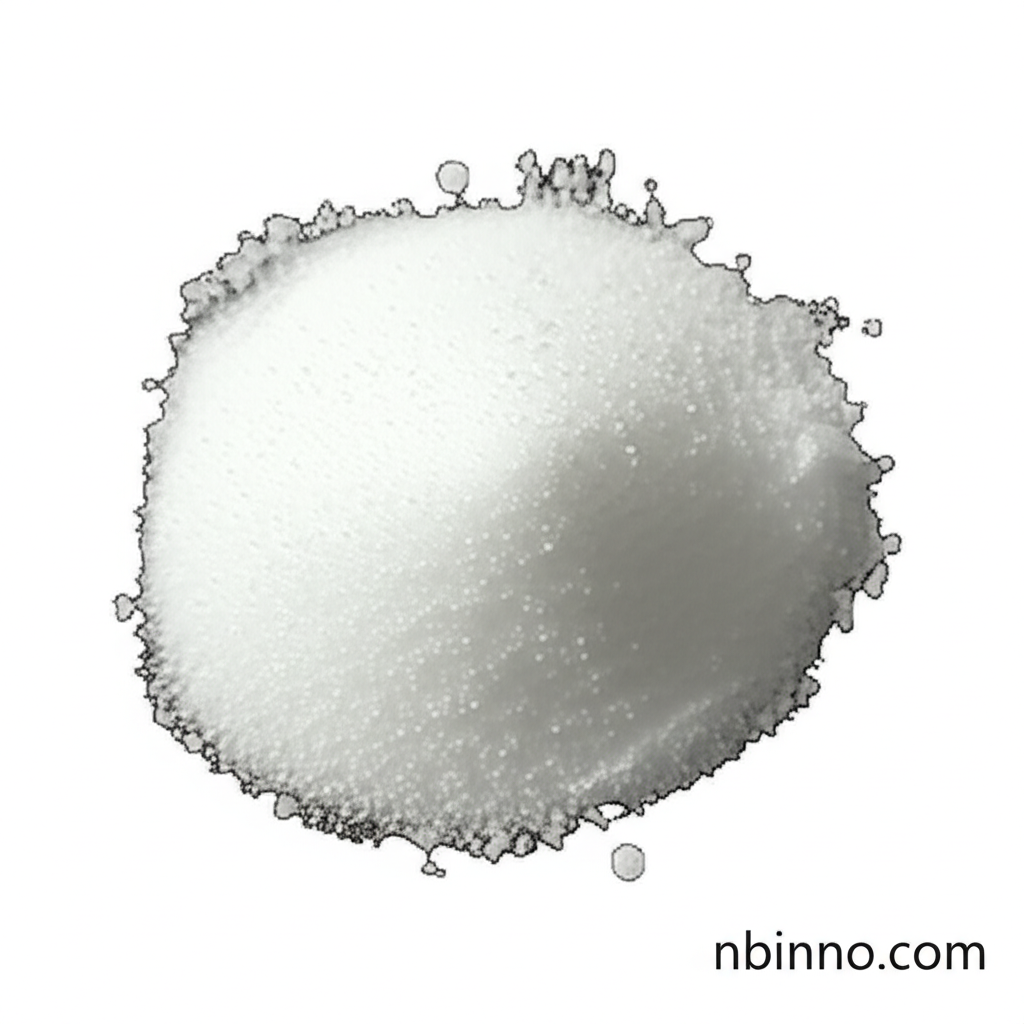(S)-(-)-2-Azetidinecarboxylic Acid: A Versatile Pharmaceutical Intermediate
(S)-(-)-2-Azetidinecarboxylic acid (CAS 2133-34-8) is a key intermediate for advanced pharmaceutical synthesis and research.
Get a Quote & SampleProduct Core Value

(S)-(-)-2-Azetidinecarboxylic acid
This unique molecule, known by CAS 2133-34-8, serves as a vital building block in the pharmaceutical industry. Its distinctive four-membered azetidine ring structure, differentiating it from the five-membered proline ring, offers novel possibilities in medicinal chemistry and drug design. The compound's applications extend to biochemical research, where its role as a non-proteinogenic amino acid analog is actively studied for its effects on protein synthesis and cellular processes.
- Unlock advanced drug discovery by leveraging the unique structure of azetidine-2-carboxylic acid synthesis.
- Understand the critical aspects of azetidine-2-carboxylic acid toxicity for safe handling and research application.
- Source high-purity pharmaceutical intermediate CAS 2133-34-8 for your synthesis needs.
- Explore the diverse azetidine-2-carboxylic acid chemical properties essential for innovative chemical synthesis.
Key Advantages
Chemical Versatility
The azetidine-2-carboxylic acid chemical properties make it a versatile intermediate, enabling the synthesis of complex molecules in pharmaceutical research.
Biological Insight
Studying azetidine-2-carboxylic acid toxicity provides crucial insights into protein folding and cellular stress mechanisms, aiding in understanding disease pathways.
Research Advancement
Leveraging azetidine-2-carboxylic acid for research applications supports advancements in understanding non-proteinogenic amino acid roles in biological systems.
Key Applications
Pharmaceutical Synthesis
Used as a key building block in the synthesis of various active pharmaceutical ingredients (APIs) and drug candidates, making it vital for pharmaceutical intermediate supply.
Biochemical Research
Investigating its role as a proline analog in protein synthesis and its potential toxic effects offers valuable data for biochemical studies.
Fine Chemical Manufacturing
Employed in the synthesis of specialized organic compounds, contributing to the broader fine chemical sector.
Medicinal Chemistry
Its unique structure makes it a target for modification in medicinal chemistry to develop novel therapeutic agents with improved properties.
